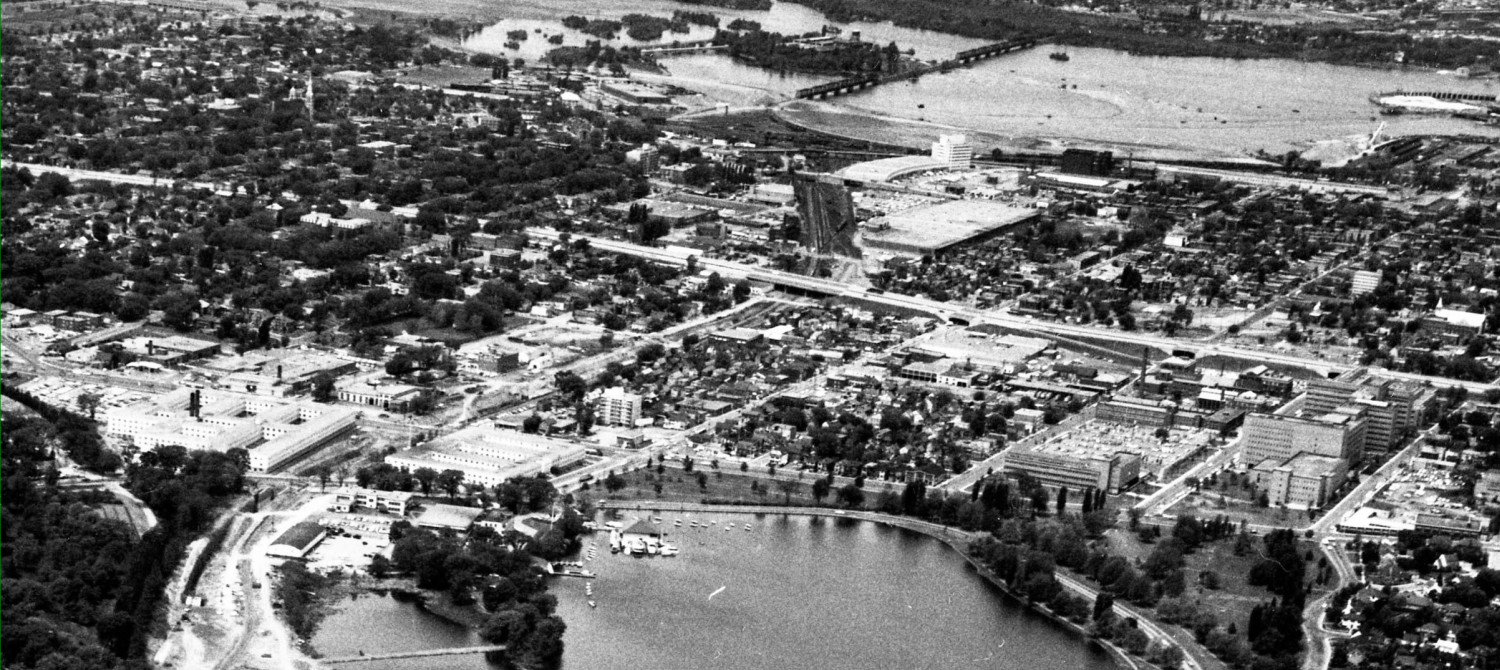In the last year or so, steel plates have begun appearing where walkways meet roads at intersections. These steel plates have a tactile surface to warn pedestrians that they are at an intersection. I have heard city engineers refer to them as Lego dots or Lego blocks, due to the similarity of the tactile bumps to the popular children’s toy.
As evidenced by the above picture, the plates can rust. The dots get ripped open by sidewalk and road plows in winter. In the example above, a number of the dots “stood up” like ripped open bits of tin cans, with sharp edges protruding 3/4 of an inch or more straight up. Just waiting for someone with flip flops who needed their toes serrated.
These steel plates must look and work great in Los Angeles. Maybe even in Toronto.
But in Ottawa?
I think an urgent policy review is required in the city engineering department. These plates are dangerous. And expensive to keep replacing.
We used to have simple groves in the sidewalks, which seemed to me to work fine, and which don’t get ripped off by plows:
What do you think? Should our city walkways be adorned with Lego dots or stripes?





While we’re at it, what’s the point of installing paving stone crosswalks if they are not maintained? When some of the bricks pop loose, dangerous divots are created.Often these divots remain for weeks. Then, at best they are filled in with asphalt leaving huge black blotches where the paving stones used to be. I personally think they look great when installed properly, but if we are not going to maintain them it would be better not to install them at all.
I’m personally not a fan of these things, but the City (and soon the Province) requires them to be installed. They are custom-ordered early-on in the construction phase to match the as-designed corner radius and width of the curb depression. Sometimes during construction, surprises happen and you need to make field adjustments and then there is the risk of these things not fitting properly. Also, they rust and stain the new sidewalk. Also, they’re not cheap. Also, there is obviously not a lot of guidance of how they should be designed – I noticed an awkward installation at the corner of Booth & Raymond for example. I’m not sure how these are better than the former directional grooves that point you in the right direction, but if that’s what the AODA prescribes, then they must be superior in some way and worth the additional effort and price tag. We’ve now got several vintages of accessibility features scattered all over the city – it must be very confusing to those that rely on them!